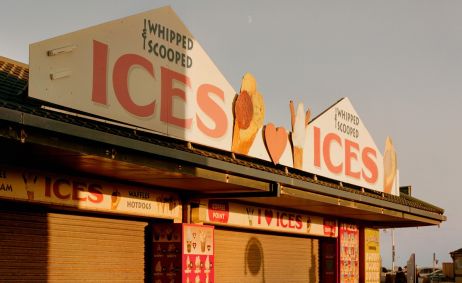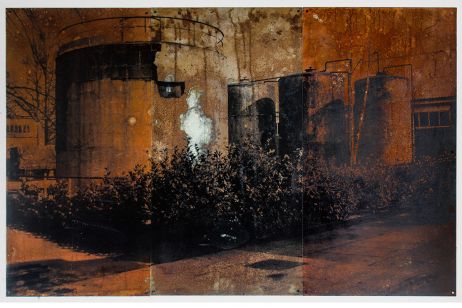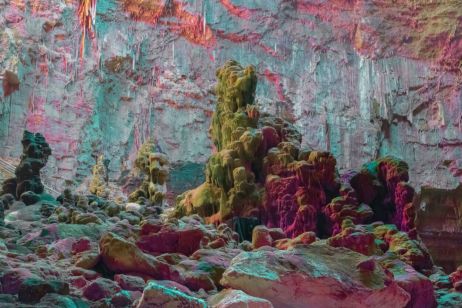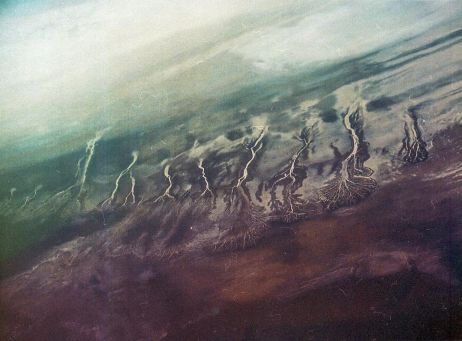In his autoradiographs, Masamichi Kagay reveals the remains left by the radioactive discharges on objects, flora and fauna. Influenced after the nuclear accident of Fukushima in March 2011, this scientific and documentary approach produces images of an intriguing beauty, as enigmatic as it is poisonous. His work, Autoradiograph – Works of Nuclear God is to be discovered at the Spéos Galerie until the 8th of January 2018.
“With this collection of autoradiographs, I hope that the futur generations will leave behind them our society dependent on nuclear energy, and freed from accidents and nuclear waste“, reported the 30 year old Masamichi Kagaya. The Japanese photographer developed with Satoshi Mori, emeritus professor of the university of Tokyo, an astonishing method of visualising radioactive deposits. Up till now we were able to measure the amount of radioactivity in the air, we weren’t able to know “how the radioactive particles were deposited, where they gather in towns, lakes, forests and living creatures“, continues the photographer.
Radioactive contamination continues to be a major concern in Japan. “Invisible enemy“- is what we call it here, to describe it, odourless and colourless, crossing over large areas, blown by the winds, while it continues to poison the lives of the inhabitants. More than 80 000 people needed to evacuate towns and villages around Fukushima after the triple catastrophe in 2011 (earthquake, tsunami and nuclear disaster). Three months later in July, Masamichi Kagaya decided to return to Japan to find a way to observe these radiations received by the objects, plants and animals. With professor Satoshi Mori, who specializes on the contamination on vegetable organisms, he was able to pursue what he calls ‘autoradiographies’.
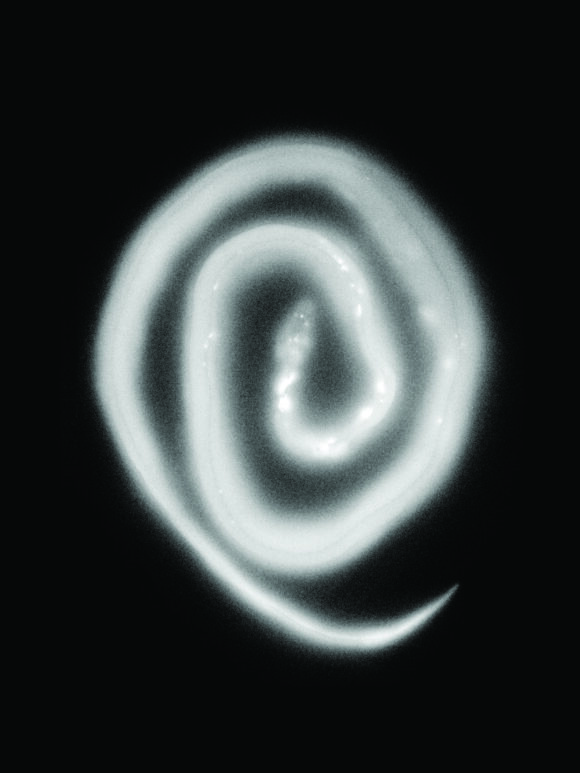
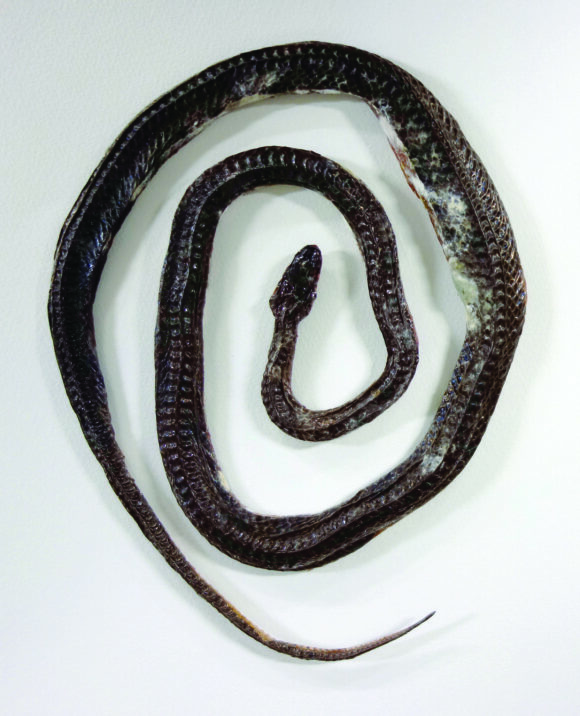
Revealed contaminations
To create these images, a sample is placed on a plate sensitive to radioactivity (developed in 1987 by Fujifilm Industries and Kasei Optics) for a certain amount of time, then a machine is used to steadily ‘reveal’ the distribution of radioactive substances. For the last five years, the photographer and researcher have produced over 300 autoradiographs of flora, fauna and objects. This process of revelations is a first. Indeed, we can observe not only the deposited radioactive particles that, like diamonds, produce and glisten. But, we can also notice, on plants like animals, different degrees of light that are proportional to the radioactivity integrated. We can note that on a mouse, that we have withdrawn it’s internal organs, that it’s kidneys are exceptionally exposed (nearly white) because they infiltrated a large amount of water. The photographer reminds us : “In the large regions that spread across from the nuclear plant of Fukushima Daiichi in Namie, Iitate and the dense forests of the Abukuma mountains, the animals that continue to live in these zones are exposed to high doses of radiation.”
This work of visualising radioactive contamination has become the subject of many exhibitions and the publication of a book in 2015. After being published, the residents asked that he compare contaminated and non-contaminated matters, particularly food. This due to the fact that they wanted to compare contaminations deriving from nuclear to natural radioactivity, and to find out if the food they were buying was safe for human consumption. This is how the autoradiographs developed, some of which are visible on the photographers website, and that we can also find on our smartphones in 3D, with an application dedicated to it. “Now we can see this type of contamination through images and no longer measurements. We can all identify that it exists. Furthermore, we have discovered a type of contamination that we didn’t know before“, says the photographer. But, the most surprising, above the scientific aspects that give this work it’s documentary emphasis, is it’s surreal plastic beauty that brings poetry to the spectral vision on the radioactive contamination. This stunning result seduced the portfolio juries of Kyotographie that awarded him first prize, and received last may an Honorary Mention in the category “Hybrid art” for the Prix Ars Electronica, distinguishing cyber-art.
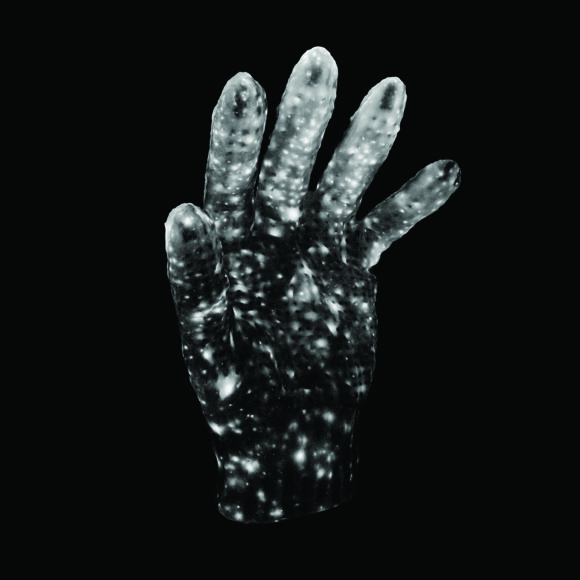
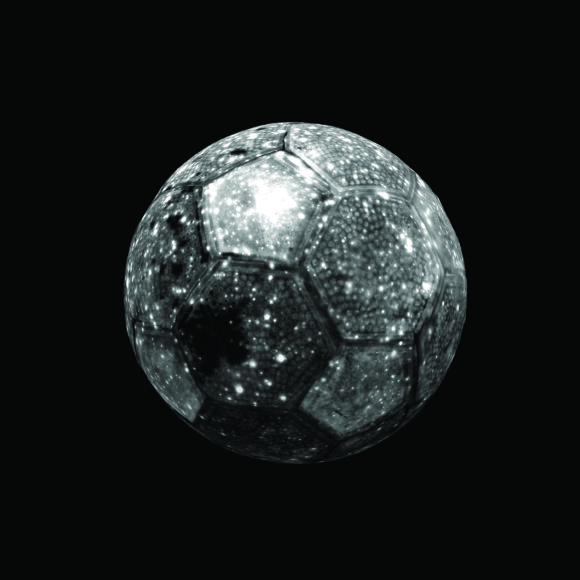
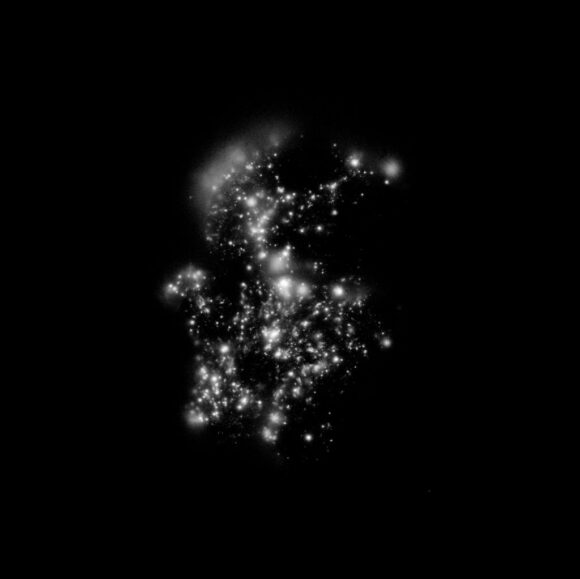
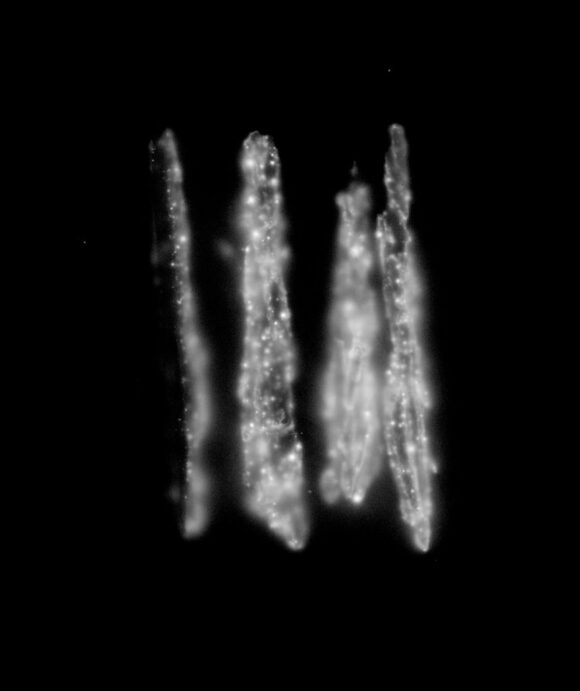
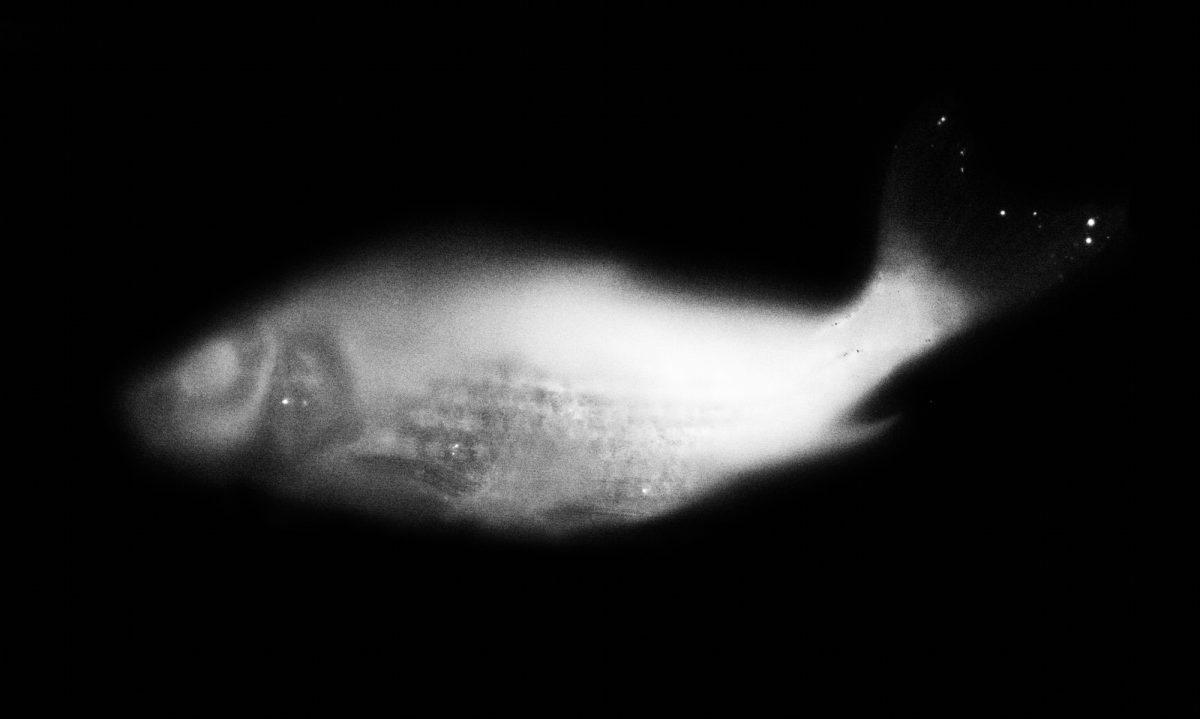
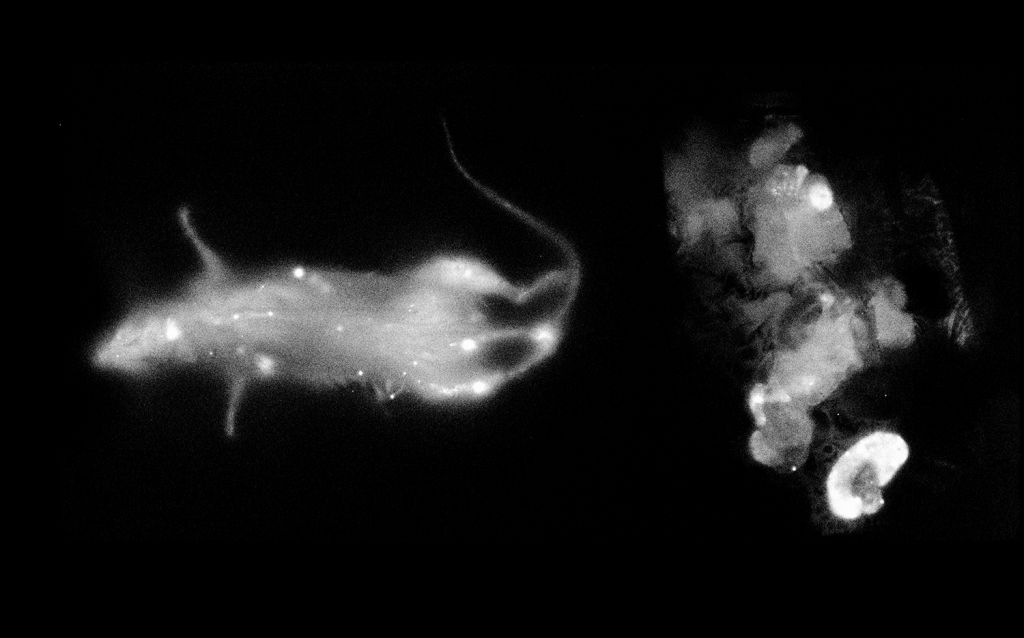

© Masamichi Kagaya
Translated by Molly Sisson


